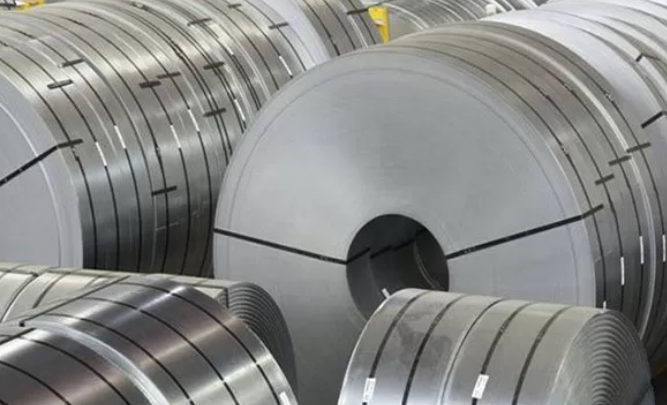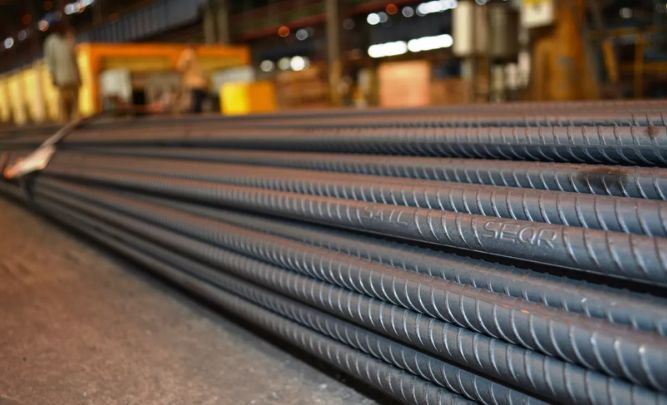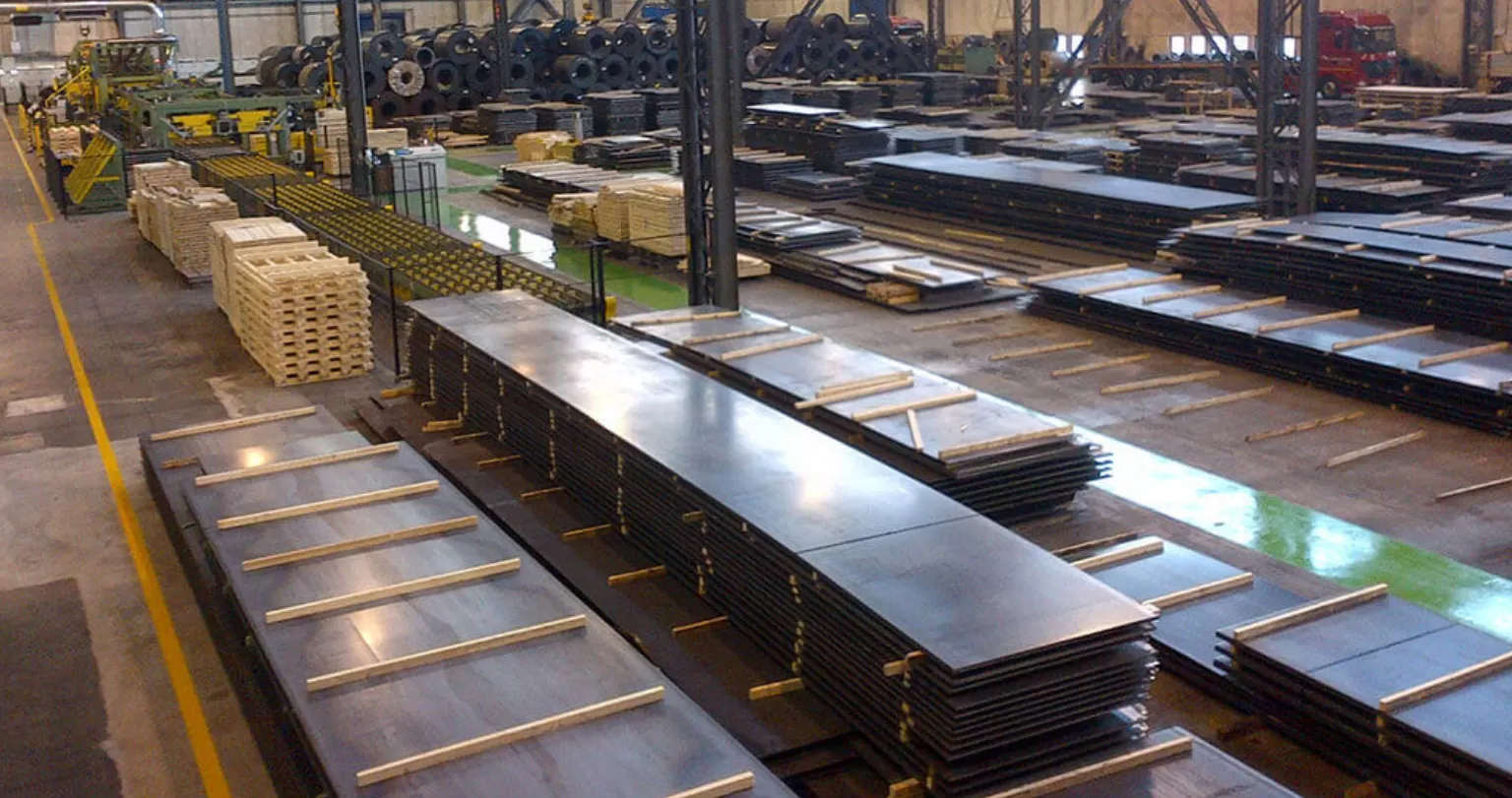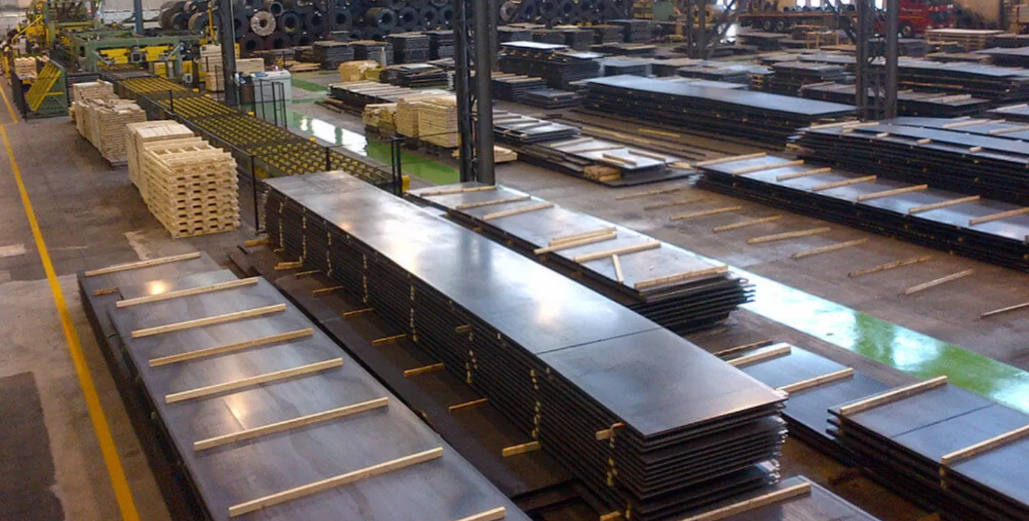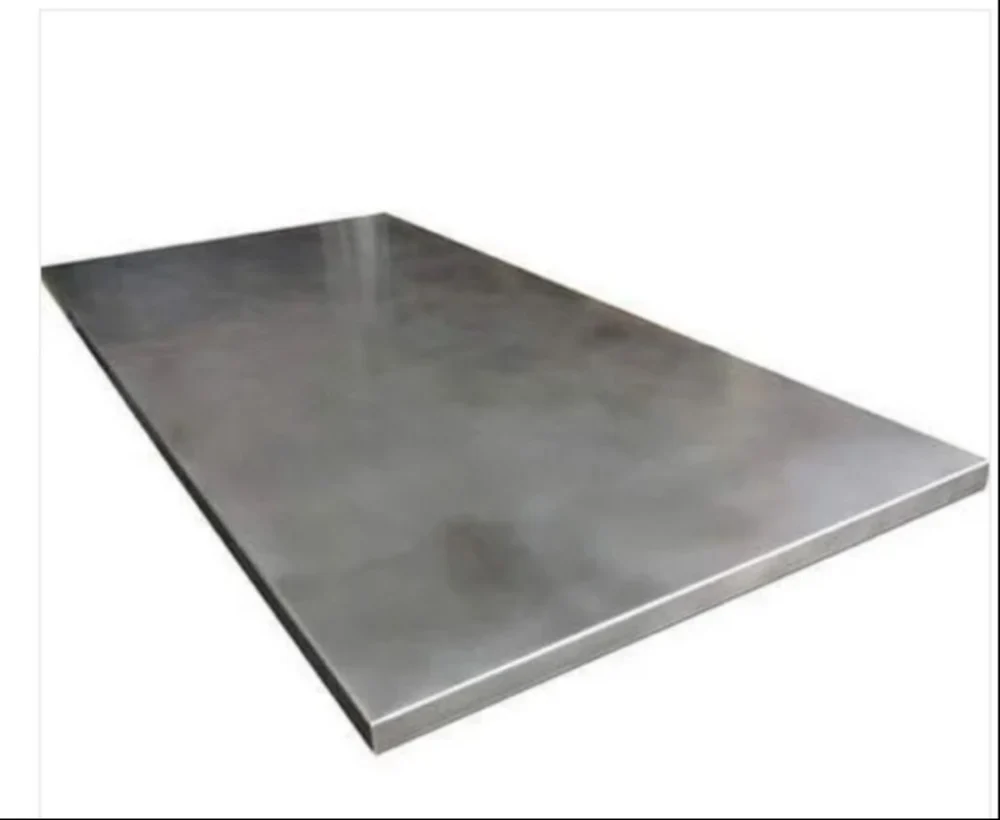Introduction
Inconel 625 and Inconel 825 are the two most popular alloys for selecting the right alloy for some applications. Both of them are Nickel-Chromium alloys possessing high corrosion resistance and high-temperature strength. However, their compositions and properties differ, making them suitable for different environments and applications. This blog will delve into the key differences between Inconel 625 and Inconel 825, helping you make informed project decisions.
Inconel 625
Inconel 625 is a nickel-chromium alloy containing molybdenum, niobium, and tantalum. This combination provides excellent resistance to various corrosive agents, including oxidising and reducing acids and chloride-containing environments. Its high-temperature strength and resistance to chloride stress corrosion cracking (SCC) make it a popular choice for petrochemical, chemical processing, and power generation applications.
Key Properties of Inconel 625:
- It has very high corrosion resistance to different environments.
- High-temperature strength for use in demanding conditions
- Resistance to chloride stress corrosion cracking
- Good weldability and formability
- Wide range of applications, including heat exchangers, piping systems, and valves
Inconel 825
Inconel 825 is also a nickel-chromium alloy but it has iron and titanium in it unlike Inconel 600 which has molybdenum, niobium and tantalum. This composition provides very good pitting and crevice corrosion resistance and is suitable for use in seawater and chloride solutions. It also has high-temperature strength and can resist intergranular corrosion; thus, it is used in different sectors.
Key Properties of Inconel 825:
- Excellent resistance to pitting and crevice corrosion
- High-temperature strength for use in demanding conditions
- Resistance to intergranular corrosion
- Good weldability and formability
- Wide range of applications, including offshore structures, chemical processing equipment, and heat exchangers
Key Differences Between Inconel 625 and Inconel 825
| Feature | Inconel 625 | Inconel 825 |
| Composition | Nickel-chromium with molybdenum, niobium, and tantalum | Nickel-chromium with iron and titanium |
| Corrosion Resistance | Excellent resistance to oxidising acids, reducing acids, and chloride-containing environments | Exceptional resistance to pitting and crevice corrosion |
| Applications | Petrochemical, chemical processing, power generation | Offshore structures, chemical processing equipment, heat exchangers |
Incoloy 825 Plates
Incoloy 825 is a trade name for Inconel 825. Therefore, Incoloy 825 plates are essentially the same as Inconel 825 plates. They offer the same excellent corrosion resistance, high-temperature strength, and resistance to pitting and crevice corrosion, making them ideal for applications in harsh environments.
Conclusion
Inconel 625 and Inconel 825 are nickel-chromium-based alloys with remarkable characteristics that qualify them for use in different sectors. The decision of which to use depends on the needs of your application. If you understand the differences between these two alloys, you can choose the right one to make your equipment perform well and last long.


